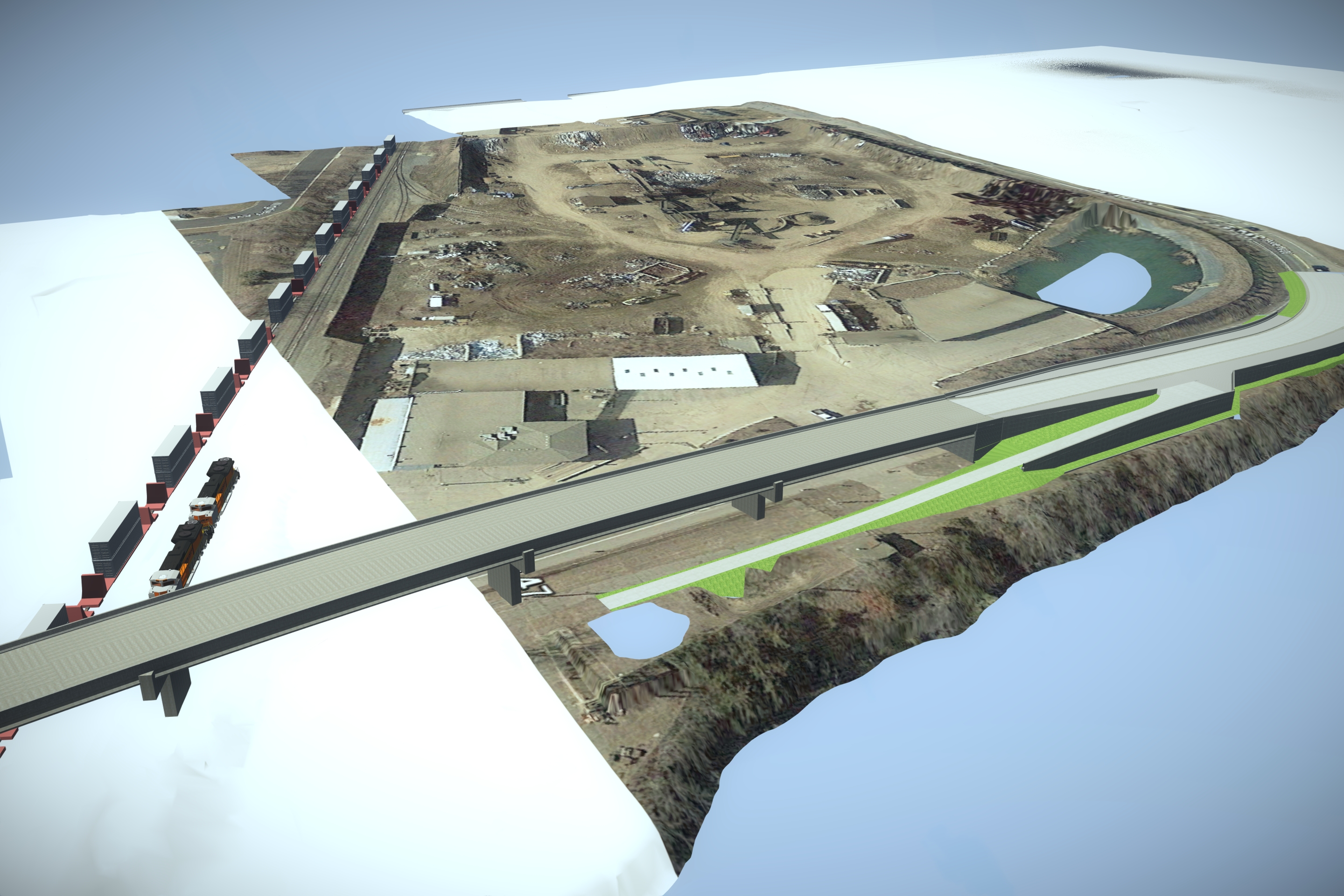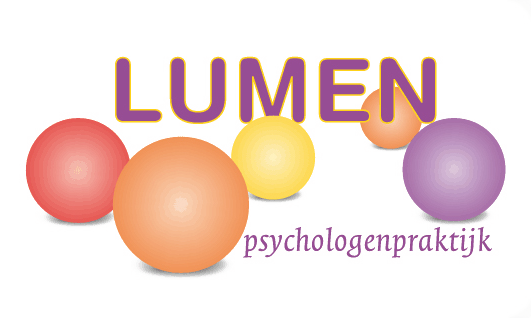

- #LUMENRT JUST EXISTS HOW TO#
- #LUMENRT JUST EXISTS FULL VERSION#
- #LUMENRT JUST EXISTS SOFTWARE#
- #LUMENRT JUST EXISTS FREE#
Data comes in as quick as 0.3 seconds, says Bentley’s David Burdick, so there is no discernible lag. In LumenRT, when the camera position changes, data can be automatically streamed from Bentley’s ProjectWise ContextShare service and cached on the client device, which could be a workstation, a mobile phone or a VR headset. The technology is based on Bentley’s 3SM format and works with point clouds, Lidar data and even standard DTM meshes. Thanks to Bentley’s new scalable mesh technology, LumenRT can now visualise large scenes using actual engineering data, without having to go down the oneway optimisation route. This is fine for many visualisation workflows – as long as you don’t need to look too closely – but once the data has been approximated and averaged, it’s pretty much useless for any kind of engineering calculation. The traditional way to solve this problem is to decimate the mesh and reduce the number of polygons in the scene. And you can certainly forget about doing anything in VR. Trying to navigate a complex scene at only a few frames per second significantly impacts the experience and limits how useful it is. This puts a massive load on the GPU and slows down 3D performance. The datasets can be enormous, containing millions of polygons.

#LUMENRT JUST EXISTS HOW TO#
One of biggest challenges that engineering firms face is how to handle the complexity of large projects, which often include huge roads, long corridors and vast expanses of terrain. LumenRT has always placed a big emphasis on the visualisation of infrastructure projects but, since it came under Bentley’s control, this focus has grown.

#LUMENRT JUST EXISTS FULL VERSION#
Resolution is limited to FHD (1,920 x 1,080) and you’ll also need the full version if you want to take your designs into VR. LumenRT Designer contains most of the functionality of full-blown LumenRT, but has a slightly smaller environmental content library of vegetation, vehicles and characters.
#LUMENRT JUST EXISTS FREE#
LumenRT has always been considered easy to use, but now Bentley is making a big effort to expand its reach by making a custom version available free of charge to those who use its CONNECT Edition design modelling applications. Two years ago, Bentley Systems got its own real-time rendering technology, LumenRT, with the acquisition of E-on Software. While static rendered images continue to play an important role in design exploration, it’s the realtime rendering tools – some of which also support Virtual Reality (VR) – that are currently generating the biggest buzz. Most BIM applications now have capable renderers built in and advanced tools like V-Ray are being tuned to the workflows of architects and engineers. Visualisation used to be the preserve of the design viz specialist, but this has changed dramatically over the past few years.
#LUMENRT JUST EXISTS SOFTWARE#
It's completely mind-boggling to me that I've invested this much time and effort into making a robust model to animate, only to be left endlessly troubleshooting the rendering functionality of the software I'm using.Image courtesy of Shenzhen Municipal Design and Research Institute Please, dear Lord, somebody give me some helpful guidance as to how to resolve this. These drastic approaches have helped in many cases, but as you can see in the animation link provided below, it's still haunting me. I've tried moving all the elements closer to (0,0,0), merging references into the active file, and dropping mesh elements to shapes. Various elements just don't fully render, and it happens at various locations along my fly-through. For some confounding reason, certain frames render poorly. I've done several animations in MicroStation, and I'm being hamstrung by something that has come up in a few cases previously. I've been a MicroStation user and champion of the software for about two decades now, but this facet of its operation has left me with a very sour taste in my mouth.


 0 kommentar(er)
0 kommentar(er)
